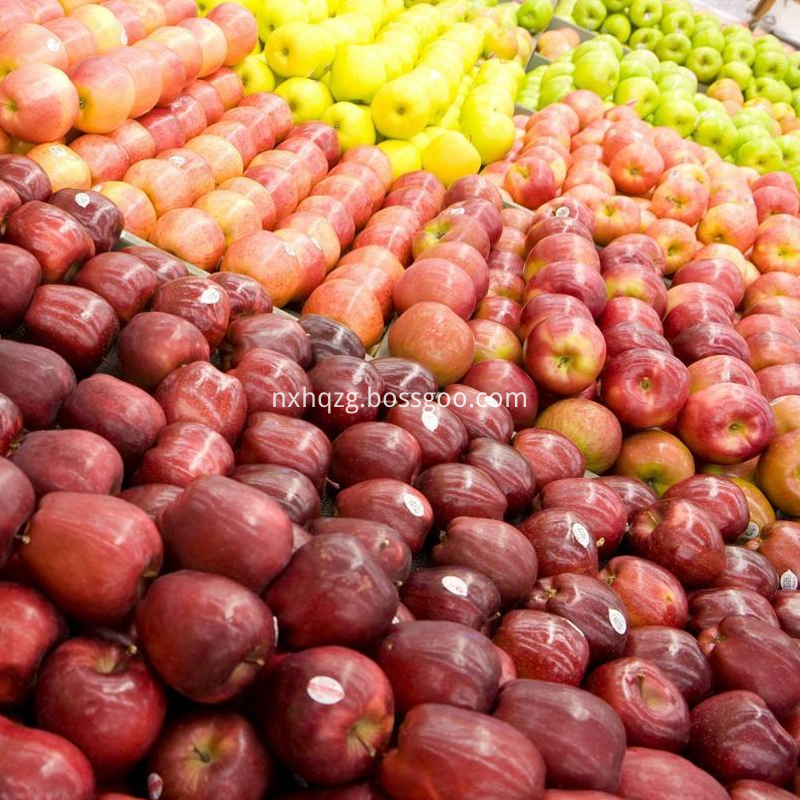Chinese name: Rice leaf blight Latin scientific name: PhomaoryzaecolaHara Damage crops: rice damage symptoms: the beginning of the disease usually starts from the tip or leaf margin, the lesion is dark green; gradually spread down along the center of the leaf margin or leaf, lesions It is gray-brown, and it finally turns to dry white. In the late onset, long lesions form on one or both sides of the leaf margins and in the center of the leaf. In the diseased and healthy borders, brown streak is visible, and the diseased part is broken into strips, and even whole leaves die. The symptoms of this disease and bacterial blight are often confusing in the field. The morphological characteristics of pathogenic bacteria: The pathogenic conidiospore was scattered under the epidermis and was later exposed as a spherical or oblate spheroid; the conidia were oval, elliptical or cylindrical and were colorless with a small oil ball at each end. Distribution area: Occurs in the middle and lower reaches of the Yangtze River and in the South China rice area. Incidence characteristics: wintering in diseased tissues with conidia. According to research institutes of Jiangsu Academy of Agricultural Sciences, 10 grasses weeds such as O. mandshurica, B. pilosula, S. pachycephalosae, Setaria viridis, and Lee's scorpion are also hosts of this disease. Diseases, diseased rice, and grass weeds that landed in the fields are the primary sources of infection in this disease. The old ward is the most important disease-dumping body, although the rate of rice seeding is low, but the disease in new wards will be affected. Important role. From the jointing stage to the booting stage of rice, the disease began, and the disease at the heading stage expanded rapidly and became stable at the late filling stage. Rice type is related to the severity of the disease. Hybrid rice has the most serious incidence, conventional rice and japonica is lighter, and japonica rice and japonica rice rarely occur. In the late stage of rice growth (from booting to grain filling), favorable temperatures (generally 25-28°C), more rainy weather, and more typhoon-favorable diseases occur, among which storms are the key factors for disease epidemics. In general, multiple application, partial application, late application of nitrogen fertilizer, favorable disease, and increase the application of silicon, potassium, zinc, boron and other fertilizers, all have certain control effects; long-term irrigation deep water, planting density is too large, are aggravating the disease. Control methods: 1. Use resistant varieties. Japonica rice is generally more susceptible, and severe disease fields should use good varieties of japonica rice or stalked rice. 2, to strengthen fitness training. Apply more organic fertilizer, increase phosphorus, potash fertilizer and silicon fertilizer, drain the field in time, and plant densely in order to increase the disease resistance of rice plants. 3, chemical control. 3.1 Control period and control indicators. From the heading of rice to heading to the full heading stage for the prevention and control period, a field survey was conducted within the appropriate period. Each field randomly sampled 10 clusters. When the disease cluster rate reached more than 30%, the pesticide should be applied immediately. 3.2 drug species and application dose. Mu is sprayed with 40% Baicing Ultra Micropowder 50-75g or 25% triadimefon wettable powder 50g, both of which can be used to treat various diseases in hybrid rice during the later period. Such as tip blight, can also use 40% carbendazim glue suspension 75 ml, in the break heading control. 4. Seed quarantine and chemical treatment. This is a measure that must be taken to prevent the introduction of disease-free zones. Seed treatment can be used 40% carbendazim gel suspension 250 times or 500 times, soaking seeds for 24-48 hours; or 40% Yong dry powder 250 times soaking seeds for 24 hours, can kill the seeds with bacteria. Commonly used pharmaceuticals: 40% Fuling Ling Ultrafine Powder 25% Triadimefon Wettable Powder 40% Carbendazim Suspension
The fresh organic Huang Yuan Shu, whose diameter is 90mm, is selected with natural green without additives and high quality Huang Yuan Shu.
Organic apple, as its name implies, is from the organic agricultural production system, according to the organic certification standard production, processing, and certified by the independent organic food certification body and Apple products. Apples produced according to the organic food planting standards and production and processing technical specifications and certified and certified by the organic food certification organization. In the process of production and processing of apple, the use of synthetic substances such as pesticides, fertilizers, herbicides, synthetic pigments, hormones and other synthetic substances are absolutely prohibited, which conform to the requirements of the ecological system.
Organic agricultural soil fertilization is based on the relationship between root microbial soil and soil, taking comprehensive measures to improve the physical, chemical and biological characteristics of soil, and coordinate the relationship between root soil microorganism and soil.


Organic Golden Delicious 90 Specifications
Organic Golden Delicious 90 Specifications,90 Specifications Organic Golden Delicious,Fresh New Organic Golden Delicious,Tribute Grade Organic Golden Delicious
Ningxia Hongqiaozhigu Technology&Development Co.,Ltd , http://www.guofuhui-ec.com

